Top Webinar Platforms That Make Hosting Events Easy
Advertisement
Hosting a webinar today isn’t just about picking any random tool and hoping for the best. It’s about finding a platform that matches your needs, keeps your audience engaged, and doesn’t leave you scratching your head halfway through the session. Whether you’re setting up a workshop, an online course, or a product launch, choosing the right webinar platform makes all the difference. Let's get into it!
Top 10 Webinar Platforms You Should Never Miss
Zoom
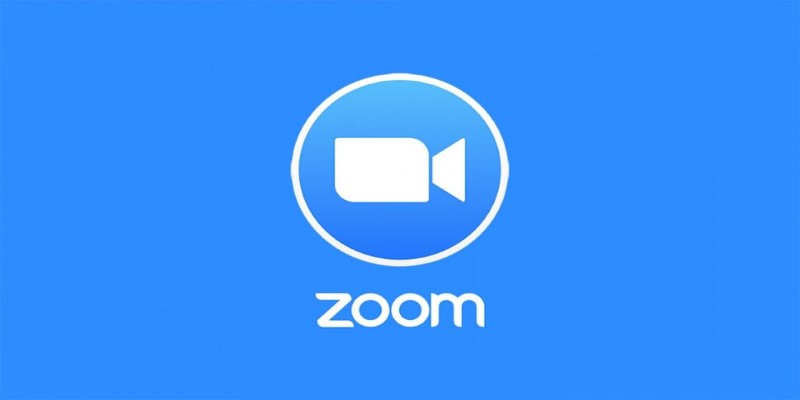
When most people think of hosting webinars, Zoom is the first name that pops into their minds—and for good reason. It's easy to set up, offers screen sharing and breakout rooms, and supports up to 50,000 participants if you're using their Webinar add-on. One thing that stands out with Zoom is how stable the video quality stays, even with a larger crowd. Plus, the built-in chat and Q&A features help you keep things interactive without having to juggle between apps.
GoToWebinar
GoToWebinar keeps things smooth and straightforward. It's designed for people who don't want a huge learning curve before going live. You get flexible scheduling options, automated emails, detailed analytics, and branded registration pages. What's even better? It automatically records your sessions and stores them safely so you can repurpose your webinars later. If you're planning to run paid webinars, GoToWebinar’s integration with payment systems makes it a strong pick.
WebinarJam
WebinarJam knows how to make an entrance. It's cloud-based, can support up to 5,000 attendees, and lets you have up to 6 presenters at once. Real-time chat, private messaging, and pop-up offers during live sessions help drive engagement without feeling pushy. It even has a "Replica Replay" feature, meaning your recorded webinars can replay with the same interactions—comments, polls, and offers—all at the exact moments they happened live. That’s pretty neat for anyone looking to extend the life of their events.
Demio
Demio feels like that friend who just gets you. If you love clean design and zero tech headaches, you’ll like Demio. It gives you live, automated, and hybrid webinar options, all while keeping the experience smooth for both hosts and attendees. With its automatic event reminders, easy browser access (no downloads needed), and real-time analytics, you can focus more on delivering your content rather than fixing glitches. Plus, it offers customizable branding so your webinars still feel like yours.
Livestorm
Livestorm makes setting up a webinar feel like setting up a meeting—with half the effort. It works directly from your browser, offers automated emails, and even handles registration pages for you. The chat and poll features work without a hiccup, and the analytics dashboard shows exactly how engaged your audience was during every part of your presentation. If integrations matter to you, Livestorm connects with over 1,000 apps, helping you build a full ecosystem around your webinars.
BigMarker
BigMarker is built for those who want a little bit of everything without the fuss. It offers live webinars, automated webinars, series webinars—you name it. What really stands out is the level of customization it allows. You can embed your webinars directly onto your website, use pop-up offers during your sessions, and design your own landing pages. It even lets you host virtual events and conferences with booths and networking spaces if you need something bigger than a typical webinar.
ClickMeeting
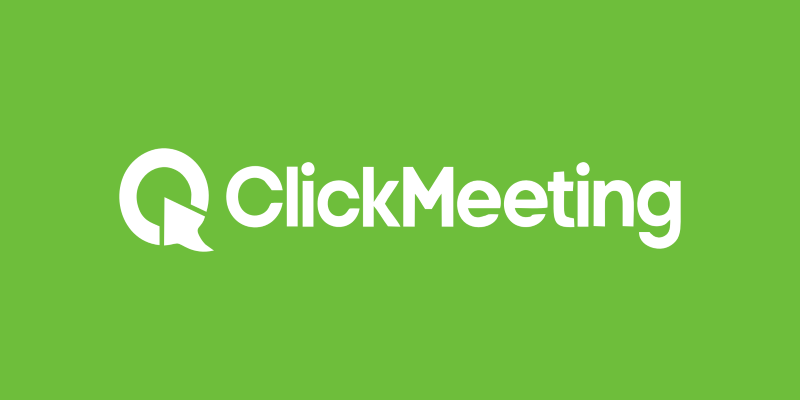
ClickMeeting keeps your webinars professional without making them feel cold. It's easy to set up branded invitations, create waiting rooms with agendas, and run polls or surveys in real-time. Plus, it's pretty generous with its recording and storage options, making it a good fit for businesses that want to offer webinars on-demand after the live event. Their performance tracking tools help you see where you did great and where you might want to switch things up next time.
EverWebinar
EverWebinar is made for people who want the magic of live webinars without actually having to be live all the time. You can schedule pre-recorded webinars to play at set times, simulate live chat, and even create scarcity tactics with real-time offers. This works wonders for marketers looking to run evergreen campaigns that keep selling for months (or years) after the initial recording. Setting everything up is pretty simple, too, which makes it easy to scale without feeling overwhelmed.
Webex Webinars
Cisco’s Webex Webinars might not always get the flashy headlines, but when it comes to reliability, it's tough to beat. It's great for larger companies that need advanced security, detailed reporting, and seamless integrations with enterprise software. The layout is clean, the audio and video quality stays sharp, and the host controls are some of the best out there. Plus, it has built-in tools for attendee engagement, like polling and Q&A, to keep things interesting without needing outside plugins.
ON24
ON24 is more of a heavyweight solution geared toward companies looking to use webinars for lead generation and audience engagement at scale. It offers deep analytics and lots of engagement features like surveys, polls, and resource lists and integrates smoothly with CRMs. Its event experience is very polished, giving attendees the feeling they're part of something well-organized and worth their time. If your goal is to generate high-quality leads and track every part of the attendee’s journey, ON24 makes a strong case.
Final Thoughts
Finding a webinar platform isn’t just about picking what everyone else is using—it’s about picking what fits your style and goals. Each of these platforms brings something a little different to the table. So, whether you’re a coach running monthly workshops, a marketer building an evergreen sales machine, or a company hosting large-scale events, there’s something here that can match your needs without making the whole process a headache.
Advertisement
Related Articles
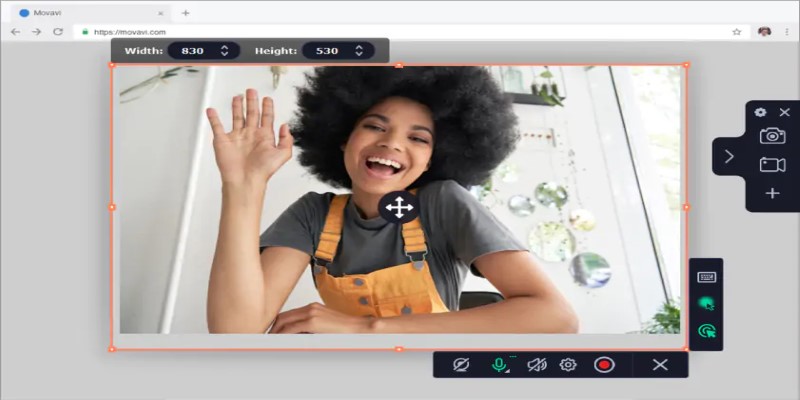
Free WMV Screen Recorders to Use on Your Computer
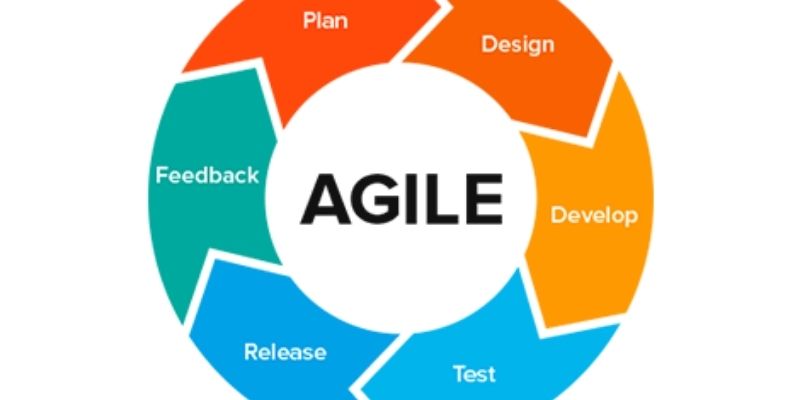
Agile Methodology Explained: A Complete Guide
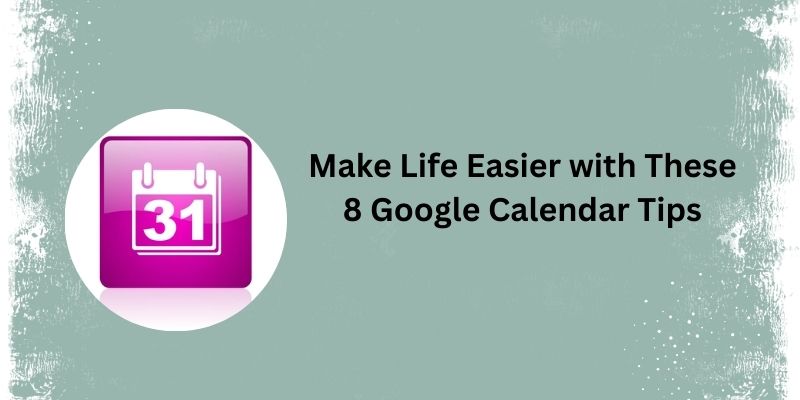
Top 8 Google Calendar Features You Should Use

Trello vs. Monday for Smarter Project Management in 2025

How To Achieve Your Fundraising Goals Using Donately

Yahoo Mail vs. Gmail: A Simple 2025 Comparison
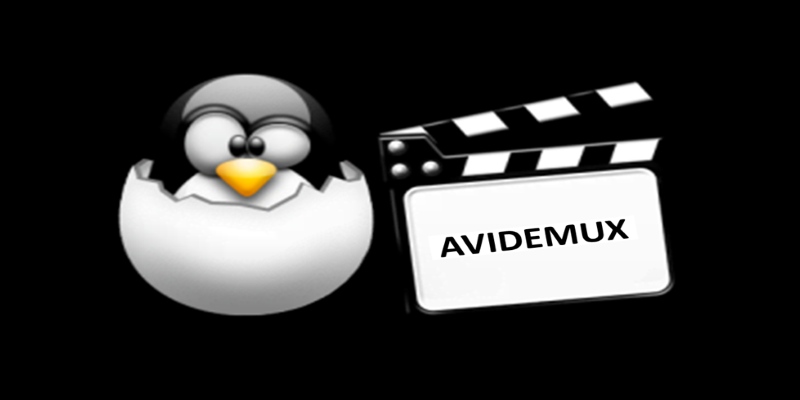
Avidemux – The Complete Tutorial and Review for Beginners

Everything You Need To Know About Trello Cards and Slack Messages
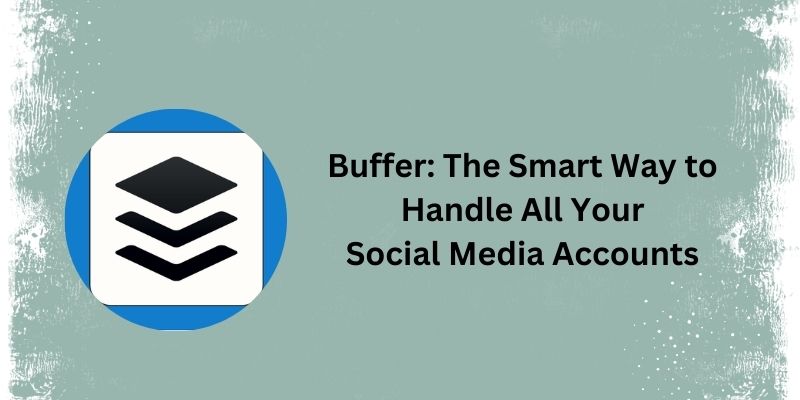
Why Should You Use Buffer for Social Media?
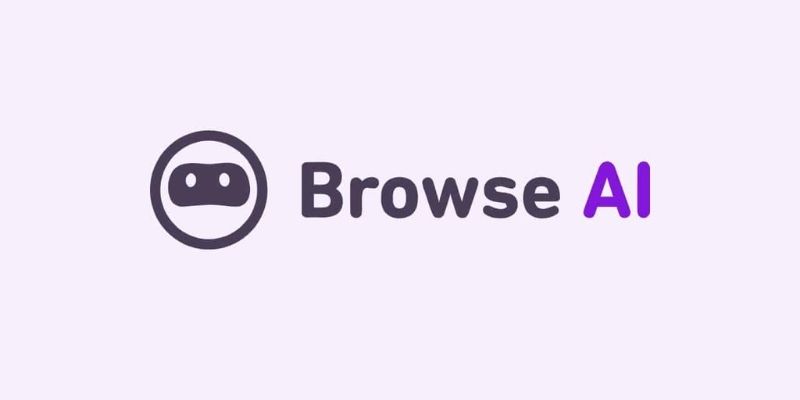
Browse AI: How to Scrape Any Website Without Writing Code
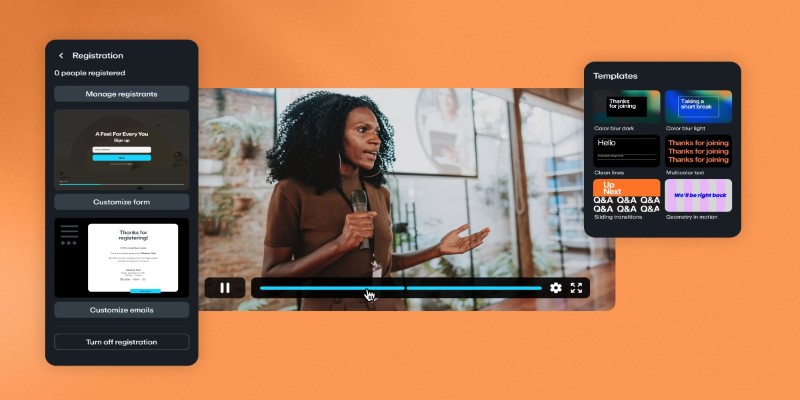
Top Webinar Platforms That Make Hosting Events Easy
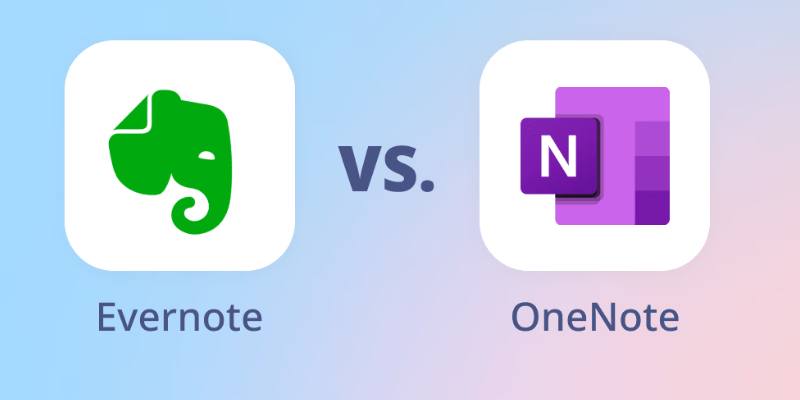
 novityinfo
novityinfo